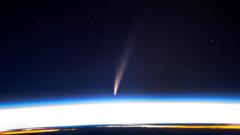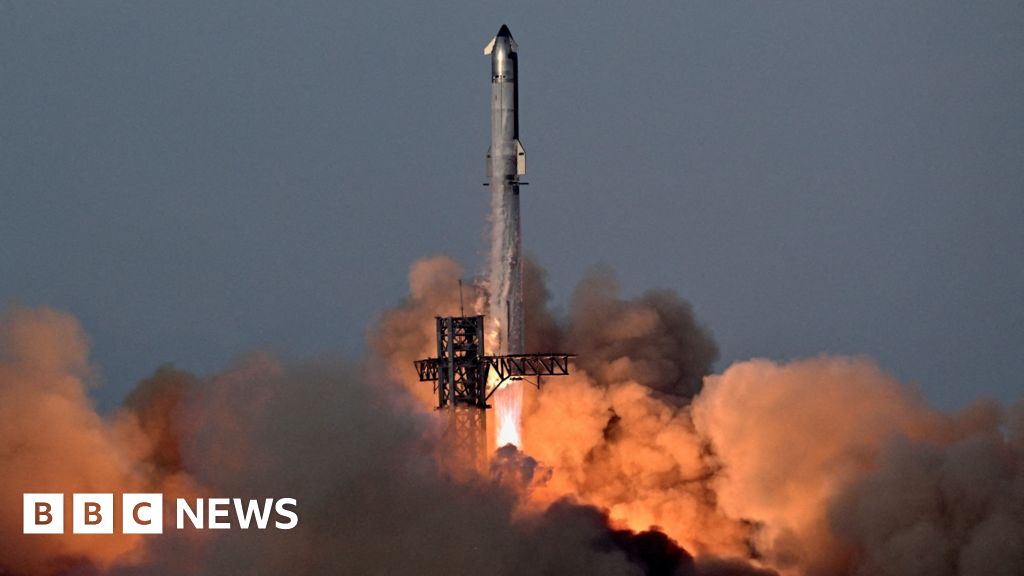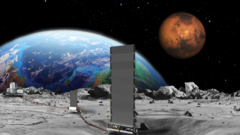The best chances for viewing the comet will likely be found in the southern hemisphere, where it could shine brightly, resembling the planet Venus. Discovered last year by NASA’s Asteroid Terrestrial-impact Last Alert System, the comet is classified as a "sun-skirting" comet, indicating it will pass approximately 8.3 million miles from the Sun, according to Dr. Shyam Balaji, an astroparticle physics researcher at King's College London.
While specific visibility locations are uncertain, Dr. Balaji advises individuals in the southern hemisphere to look toward the eastern horizon before sunrise and the western horizon after sunset for optimal viewing. He cautions, however, that the brightness of comets can be difficult to predict, with many eventually appearing dimmer than initially forecasted.
For those in the northern hemisphere, spotting the comet could prove more challenging due to its proximity to the Sun. Individuals interested in catching a glimpse should seek locations away from urban light pollution and may find binoculars or a small telescope useful. To assist in locating the comet, tracking tools are available online, and people are encouraged to monitor local weather conditions for cloud cover.
NASA astronaut Don Pettit captured a photograph of the comet from the International Space Station, expressing excitement on social media about this remarkable cosmic event. The public is urged to take precautions when observing near sunrise and sunset, as the potential for unexpected brightness exists during these times.
In summary, astronomy enthusiasts won’t want to miss this rare opportunity to witness a comet that may not return for another 160,000 years.
While specific visibility locations are uncertain, Dr. Balaji advises individuals in the southern hemisphere to look toward the eastern horizon before sunrise and the western horizon after sunset for optimal viewing. He cautions, however, that the brightness of comets can be difficult to predict, with many eventually appearing dimmer than initially forecasted.
For those in the northern hemisphere, spotting the comet could prove more challenging due to its proximity to the Sun. Individuals interested in catching a glimpse should seek locations away from urban light pollution and may find binoculars or a small telescope useful. To assist in locating the comet, tracking tools are available online, and people are encouraged to monitor local weather conditions for cloud cover.
NASA astronaut Don Pettit captured a photograph of the comet from the International Space Station, expressing excitement on social media about this remarkable cosmic event. The public is urged to take precautions when observing near sunrise and sunset, as the potential for unexpected brightness exists during these times.
In summary, astronomy enthusiasts won’t want to miss this rare opportunity to witness a comet that may not return for another 160,000 years.


















